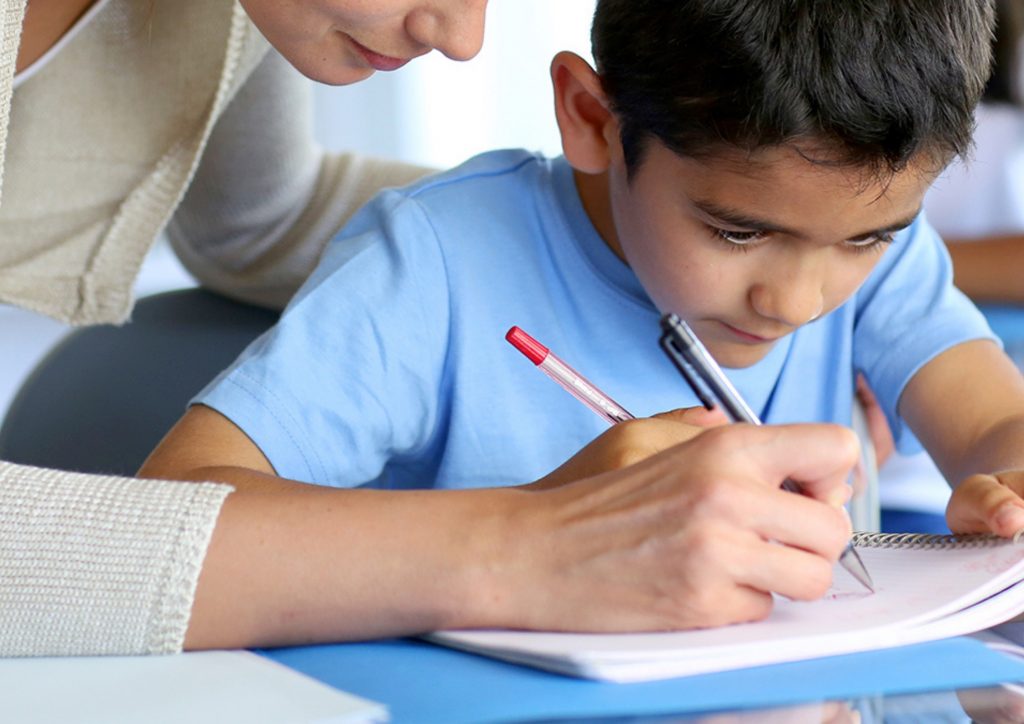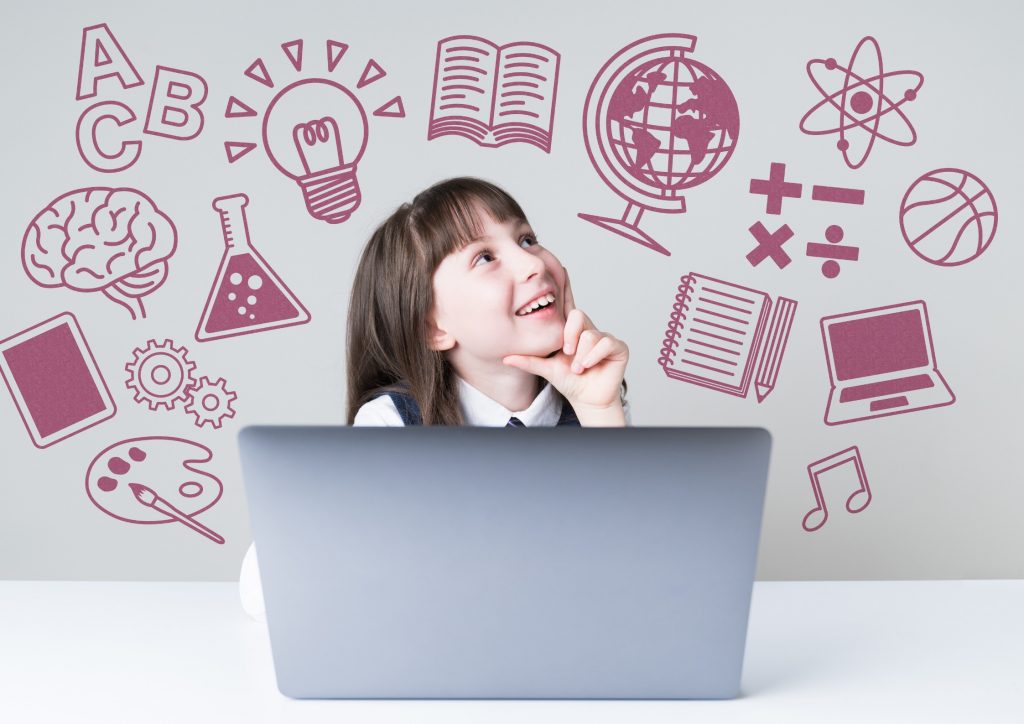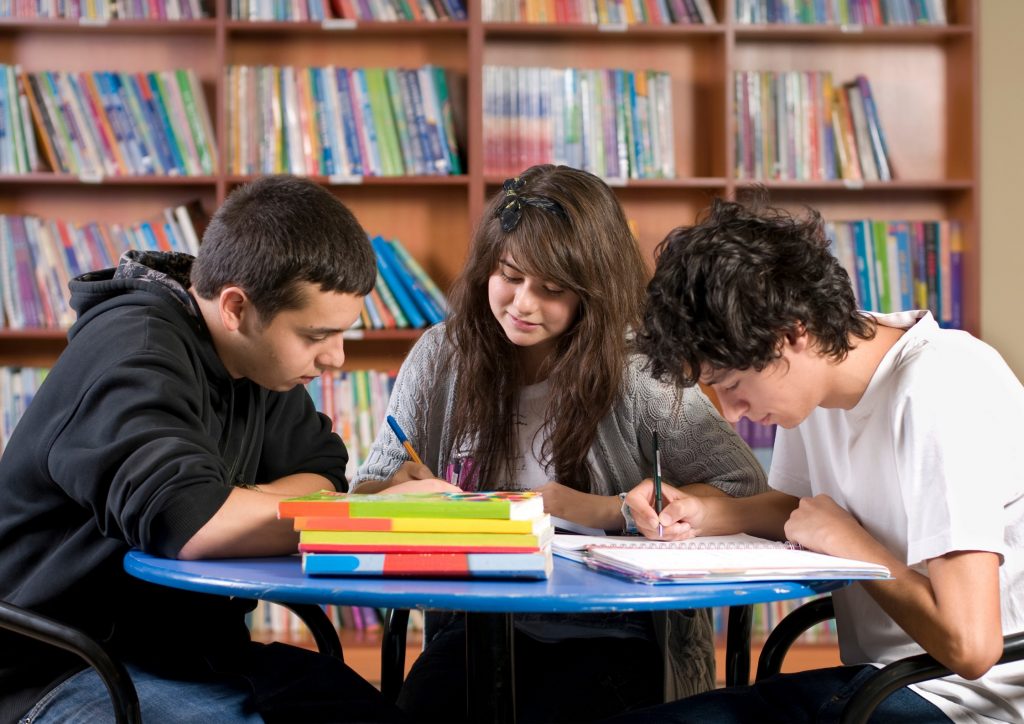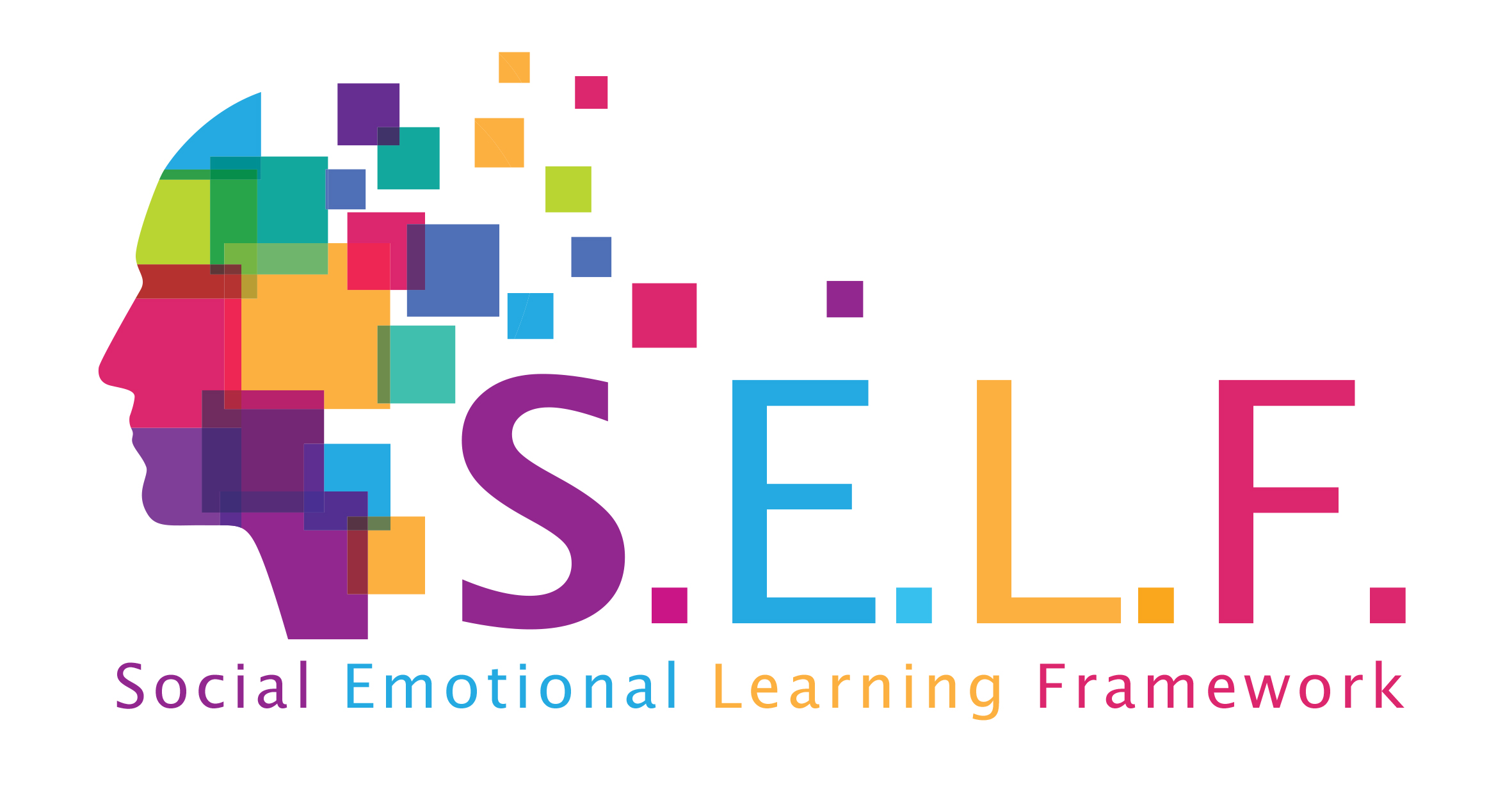STUDENT-TEACHER RELATIONSHIPS
What Is a Student-Teacher Relationship?
Why Is It Important?
Best Practices
What Is a Student-Teacher Relationship?

The relationship between the student and teacher plays a key role in a child’s academic achievement and social development. Establishing a positive relationship with the student helps a student feel more comfortable and safer in the classroom environment.
The teacher-student relationship is the building block of a student’s social maturation process. Developing a positive relationship with a non-parent authority figure ensures that students can identify themselves, adapt to their environment, and develop emotional and social intelligence.
A secure relationship between the teacher and student is a primary element of learning. Mutual trust paves the way for facilitating the student’s learning at school. This way, students can inquire their learnings, drive the motivation that they can internalize, contribute to the course and express their ideas freely. The prerequisite for establishing a secure student-teacher bond lies in teacher’s interest in and tending to the student. When a teacher is curious about the students, values their ideas, approaches different opinions inclusively, cares to allocate time for students and respects their individuality, they can boost their interest and engagement in school and learning.
Why Is It Important?

There are multiple dynamics that foster a positive school climate. They include the models between the students and teacher; school and the society; and, above all, models that involve parents. Positive relationships at school reinforce an effective learning environment that places both the students and teachers at the center. When students feel supported, they are more likely to comprehend their learnings, participate in in-class activities and achieve improved academic results. In addition, students are less likely to experience behavioral issues when they have a positive relationship with their teacher. One can argue that the importance of a positive relationship between the teacher and student is further clearer at times of uncertainty, such as the pandemic. Neuroscientific studies conducted point out four elements that explain and enhance this relationship.
1. A positive relationship between the student and teacher motivates both sides.
Positive relationships are built upon positive interactions. Each of such interactions has a strong influence over the brain. Each time a teacher interacts positively with a student, it motivates both sides. Through increased motivation, students spend more time and energy on working on their skills. This way, they strive towards improving themselves both academically and socially.
Suggestions for teachers: We must be open to positive interactions by defying the negative biases in our minds to further strengthen our bond with the students. Researchers suggest that each negative interaction must be countered by five positive interactions. Examples for positive interactions include greeting the student with his/her name, congratulating them for being successful or asking questions about their special interests.
Students that learn and think differently may tend to interact more negatively than positive. For instance, attention deficit students might be continuously warned to arrive in class on time or focus on the lesson. This does not mean that you do not need to serve feedback or reminders. However, you must make sure that positive interactions outweigh the negative ones. Another key thing to consider here is your familiarity with the students. Hence, the more familiar you become with your students, the more understanding you have about their needs for being appreciated or encouraged. You can also understand how open they are to feedback more easily. You can keep a score for the number of reminders you serve a student to complete their assignment. You may try to engage in five times more interactions for each comment and feedback.
2.  Positive relationships create a safe space for learning.
Positive relationships create a safe space for learning.
Activities such as talking and laughter triggers the release of Oxytocin hormone in the body. This helps us bond with others. Such bonds create a kind of feeling usually called “psychological safety”. When students feel psychologically safe, they are more likely to participate in in-class discussions, ask questions, try to complete assignments even when they are difficult or use a tone of speech that matches with the context.
Establishing psychological safety is more challenging for some students compared to others. Think about the last time you saw an overreacting student. This behavior might be caused by a trauma or chronic stress in a student’s life. It may cause them to feel threatened even in the situations when they find harmless. The brain learns that the environment is not safe and is on alert against a potential danger.
You may observe the following behaviors in a student who does not feel psychologically safe: avoiding homework, continuously lowering head, screaming or making negative comments, suddenly leaving the class or a live lesson, being aggressive.
Even if it is difficult to create psychological safety for such students, it is important to establish that kind of safety. When students are surrounded by people with whom they feel safe over time, their threat detection system is less likely to be triggered and they can learn better.
Suggestions for teachers: Appreciating the effort, rather than the result is a great way to establish psychological safety. Additionally, it can be helpful to tell students that it is not easy to acquire certain skills and it takes some time. When students give the wrong answer or fail, you can comfort them by saying that this does not cause a real problem. Furthermore, if you exemplify your own way of reacting to your own failures, you may teach them a powerful lesson.
3. Positive relationships create new paths of learning.
When teachers know about their students, they can help students acquire new information by activating new neural paths in their brains.
When you teach something new, you can combine them with students’ previous learnings. When they learn something new, they may find it difficult to understand the lesson if it is not connected with what they currently know.
Suggestions for teachers: If needed, please ask the students about their hobbies and interests so that you can refer to what they know. You can help the students associate that information with their new learnings to help them personalize the information.
Ask the students to share what they know about a certain subject. Each student has a different background. For example, you can give an example about the association between their favorite characters in their favorite book and the wars at a time in history.
 4. Positive relationships improve students’ behaviors.
4. Positive relationships improve students’ behaviors.
Early relationships and interactions, including those with teachers, play a central role in shaping children’s behaviors and social skills. Sometimes you may not be aware of it but your students might be reflecting your own in-class behaviors. Therefore, your words and actions in the classroom are critical for students to acquire social and behavioral skills.
Suggestions for teachers: You can reflect on which behaviors and social skills your students take as a model. For example, they might be learning social skills, including getting in the line, collaboration and empathy, from you or classmates on a day-to-day basis. You can take it a step ahead and explain the behaviors you model. When you encounter something negative or make a mistake, please explain how you feel to your students. You can tell them about how you cope with disappointment or failure. Examples may include taking a deep breath or taking some time to process this feeling.
Compared to adults, young children are more likely to imitate the behaviors they observe. This is because they are still in the process of learning social skills and the appropriate behaviors. The prefrontal cortex in our brain (the part of the brain that allows us to select where we pay our attention to and organize our behavior and feelings) is not fully developed until one reaches their 20s. Therefore, school offers the best time to model the behaviors and social skills for students.
